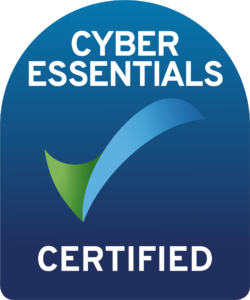Ensure your systems are safeguarded against viruses and other harmful threats with robust antivirus solutions.
Shield your organization from harmful malware that can disrupt operations and compromise information.
Achieve Cyber Essentials certification to establish a strong cybersecurity foundation for your organization.
Protect your sensitive information with top-notch data security practices and protocols.
Defend your organization against ransomware attacks that could hold your data hostage.
Prepare for the unexpected with reliable data recovery solutions that minimize downtime.
At Computer Assistance, we provide comprehensive antivirus solutions that protect your organization from various forms of malware, including viruses, worms, and spyware.
Our malware protection solutions at Computer Assistance help eliminate the risk of malware infections through proactive measures, including:
Continuous surveillance of your systems for early detection of potential malware threats.
Using advanced threat intelligence to enhance our malware defense strategies.
Developing a robust incident response plan to minimize impact in case of a malware attack.
Strengthening system configurations to reduce vulnerabilities that malware could exploit.
With a focus on ransomware protection, Computer Assistance offers proactive solutions that include:
Computer Assistance specializes in enhancing data security to keep your critical information safe from unauthorized access and breaches. Our services include:
Implementing encryption technologies to safeguard sensitive data at rest and in transit.
Establishing strict user permissions and access controls to protect against insider threats.
Conducting comprehensive security assessments to identify weaknesses in your current data protection strategies.
Offering training programs to educate your staff on data handling best practices.

Achieve Cyber Essentials certification to establish a strong cybersecurity foundation for your organization.
Computer Assistance is here to guide you through the Cyber Essentials certification process, ensuring you meet the required standards

At Computer Assistance, we offer tailored cybersecurity packages designed to fit the unique needs of your organization.
Each package can be customized to align with your specific requirements, ensuring you receive the best protection for your organization. Contact us today to learn more about how our cybersecurity packages can help you stay secure!
Don’t leave your organization vulnerable to cyber threats—take the proactive step towards securing your digital assets today! Computer Assistance is ready to partner with you in implementing robust cybersecurity measures tailored to your specific needs. Whether you’re interested in antivirus solutions, data security assessments, or achieving Cyber Essentials certification, our expert team is here to guide you every step of the way.
Our Online Form for Cyber Security Support
Call Our Cyber Security Experts
Message Us Through Our Contact Form